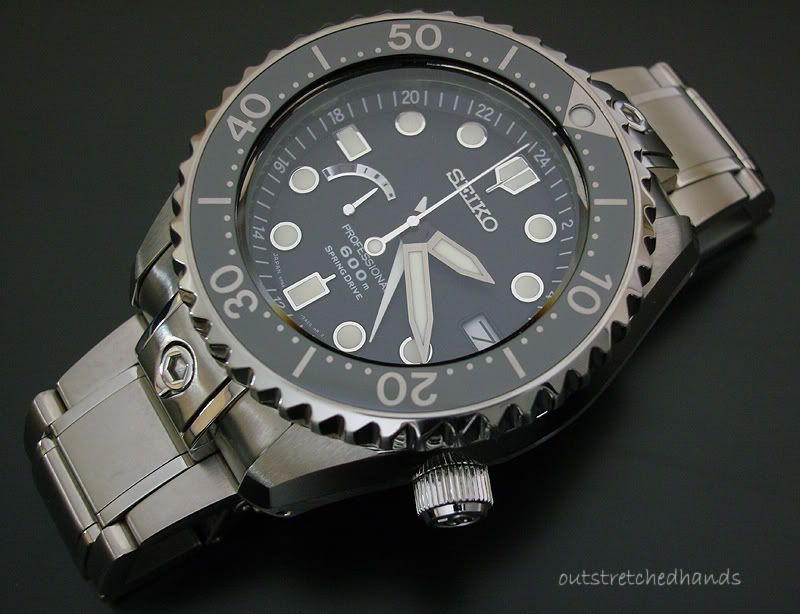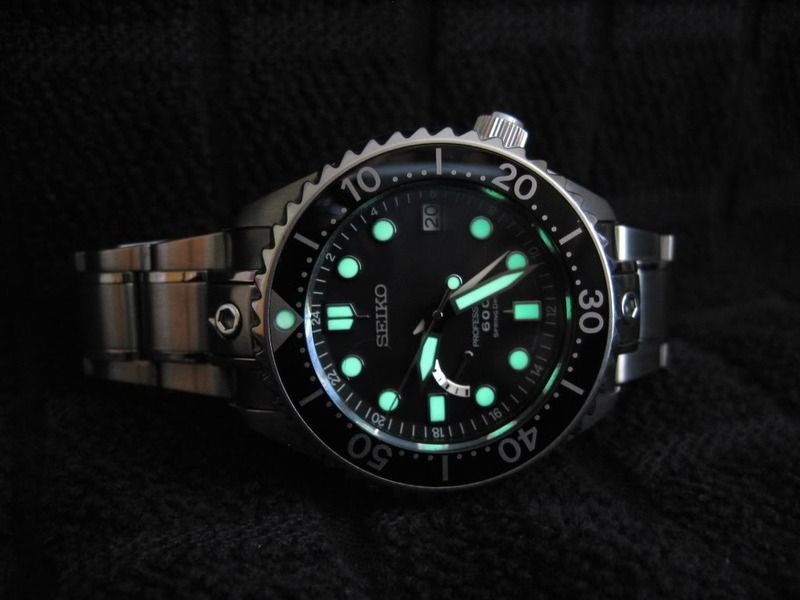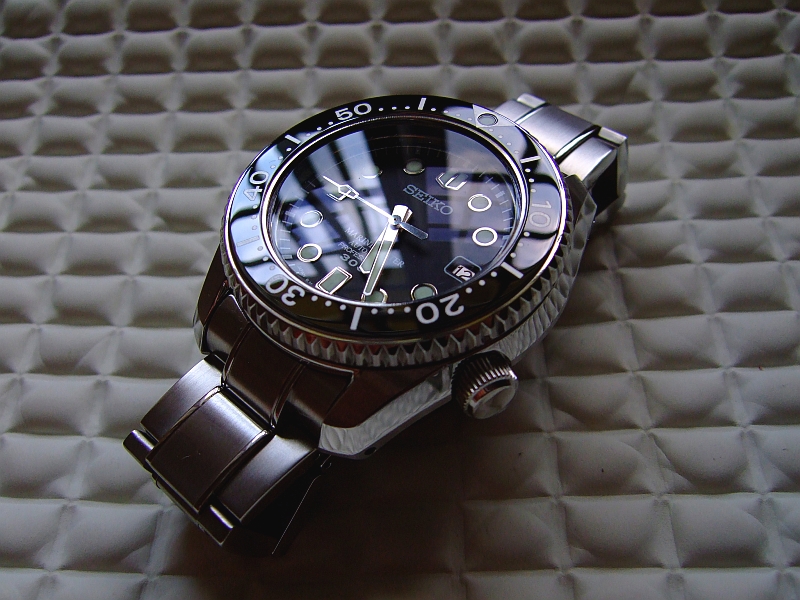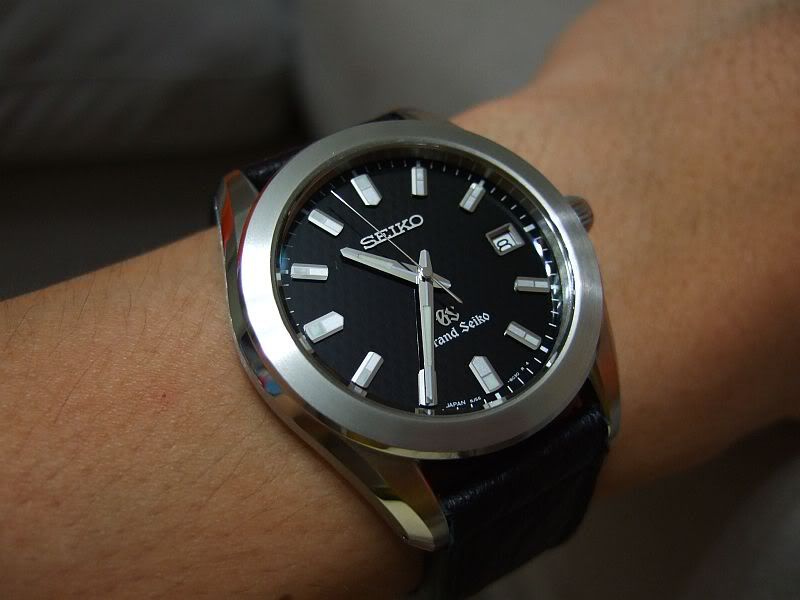Now there is a misunderstanding in some, that people assume Seiko equals affordable/cheap. Most are undoubtedly referring to Seiko's normally found on the street in Europe and the Americas, and they are definitely a good, fantastic, value for the money. But you can also get vintage and new high end Seiko's, which, until the advent of the Internet, were relatively unknown outside of Japan. And a few other far east Asian countries (Taiwan, HK, Singapore ETC.) "King Seiko","Grand Seiko", and "Seiko Credor", you will find in these watches that, movement and case finish wise, easily compete with the best of mass produced swiss watches, i.e. Omega, Rolex, etc. As for style… well, that is in the eye of the beholder. At best they can be considered very conservative. But it really depends which movements,and watches you are comparing to. One true thing the Swiss, had to abandon the yearly chronometer competitions in the late 60s early 70s as the Japanese started to wipe the floor with them,they were that good.What this all boils down to is: Seiko makes some truly outstanding products, and some value for money ones, just like many other companies. If you want to buy one, you should, by all means do it. Because IMHO their bang-for-the-pound-factor is bloody amazing, at both ends of the spectrum.
Well there is Seiko and Seiko high end watches IMHO as good if not better than many high end Swiss.But some high end wearers today just wear a brand and not the watch.
Remember this fact before the Swiss COSC was formed as it is now there were Observatory testing and competitions to a much higher standard
And during the entire 23 years of testing, 5093 wristwatches were submitted for certification, and only 3253 were passed, about 64%. Just a few manufacturers participated, and only Omega and Patek did so every year. The others were: Rolex, Zenith, Longines, Movado, Vacheron & Constantin, Ulysse Nardin, Cyma and Favre-Leuba, along with numerous independent professional watchmakers.That was until Seiko come on the scene and started to wipe the floor with the Swiss mechanical watch industry.Only 2 brands in the + 23 years of the competitions submitted movements of only serial production for retail sale(Seiko and GP).All others were specially made movements just for the competition.And it was ended by the swiss in the early 1970s after two straight wins by the Japanese straight off the production line Seiko Grand watches.
Seiko first entered the competition,with other watches from all over the world,including most of the Swiss high end brands.For a much higher standard than the COSC,the Astronomical Observatory Authorisation Chronometer Standard (+/- 2/3 seconds/day) Out of many watches summited only two passed this test Seiko Grand just a production model, and Giraud Peregaux this time a specially build for the test model.And in the late 1960s there were only two companies, who could sell watches, passed astronomical observatory authorisation Chronometer in those days. ---Seiko and Giraud Peregaux.As the Japanese had dominated in the late 60s and the two preceding events, in 1972 some Swiss watch manufacturers demanded the end of the observatory competitions,and it was ended in 1973,thats when the lesser watered down Swiss COSC was founded.
Check out the regulator adjuster on this one! And check the shock protection on the non-balance jewels. That's real quality!and there own movement test, to a much higher spec than the Swiss COSC,with accuracy to a few seconds a week.


And selected Grand Seiko quartz model.
Note 1: Seiko re-issued a limited edition of the "Astron" in 2000-1 that used a special version of the 9F movement that was rated to ± 5 seconds per year,but with tuning easily down to
less than + - 2 seconds per year.
Note 2: The 9F movement is reportedly designed to run fifty years before it needs servicing.
Note 3: Other Grand Seiko quartz models use the 8J movement. Even less is know about this movement.
Well there is Seiko and Seiko high end watches IMHO as good if not better than many high end Swiss.But some high end wearers today just wear a brand and not the watch.
Remember this fact before the Swiss COSC was formed as it is now there were Observatory testing and competitions to a much higher standard
And during the entire 23 years of testing, 5093 wristwatches were submitted for certification, and only 3253 were passed, about 64%. Just a few manufacturers participated, and only Omega and Patek did so every year. The others were: Rolex, Zenith, Longines, Movado, Vacheron & Constantin, Ulysse Nardin, Cyma and Favre-Leuba, along with numerous independent professional watchmakers.That was until Seiko come on the scene and started to wipe the floor with the Swiss mechanical watch industry.Only 2 brands in the + 23 years of the competitions submitted movements of only serial production for retail sale(Seiko and GP).All others were specially made movements just for the competition.And it was ended by the swiss in the early 1970s after two straight wins by the Japanese straight off the production line Seiko Grand watches.
Seiko first entered the competition,with other watches from all over the world,including most of the Swiss high end brands.For a much higher standard than the COSC,the Astronomical Observatory Authorisation Chronometer Standard (+/- 2/3 seconds/day) Out of many watches summited only two passed this test Seiko Grand just a production model, and Giraud Peregaux this time a specially build for the test model.And in the late 1960s there were only two companies, who could sell watches, passed astronomical observatory authorisation Chronometer in those days. ---Seiko and Giraud Peregaux.As the Japanese had dominated in the late 60s and the two preceding events, in 1972 some Swiss watch manufacturers demanded the end of the observatory competitions,and it was ended in 1973,thats when the lesser watered down Swiss COSC was founded.
Check out the regulator adjuster on this one! And check the shock protection on the non-balance jewels. That's real quality!and there own movement test, to a much higher spec than the Swiss COSC,with accuracy to a few seconds a week.


And selected Grand Seiko quartz model.
Note 1: Seiko re-issued a limited edition of the "Astron" in 2000-1 that used a special version of the 9F movement that was rated to ± 5 seconds per year,but with tuning easily down to
less than + - 2 seconds per year.
Note 2: The 9F movement is reportedly designed to run fifty years before it needs servicing.
Note 3: Other Grand Seiko quartz models use the 8J movement. Even less is know about this movement.











 ) quite scratch-resistant. It is large, and you can still feel the weight despite the titanium. Lume is phenomenal, and the date wheel has a very nice satin/titanium-coloured backing that works very well with the hands and indices.
) quite scratch-resistant. It is large, and you can still feel the weight despite the titanium. Lume is phenomenal, and the date wheel has a very nice satin/titanium-coloured backing that works very well with the hands and indices.

Comment